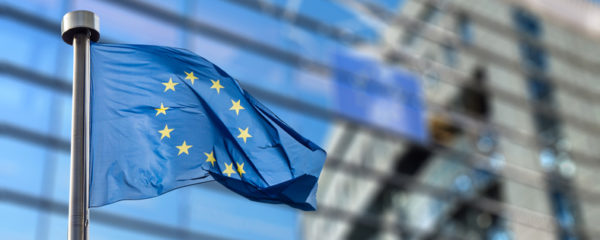Earlier this month, we shared the brewing copyright case involving Wikimedia, a photographer and a macaque selfie. The recently released draft of the Compendium of U.S. Copyright Office Practices (third edition) weighs in on the matter rather explicitly.
The case began in 2011 when British nature photographer David Slater traveled to Indonesia to photograph the rare and endangered crested black macaques. After setting up his camera equipment in the forest, a memorable monkey selfie session ensued.
The story and emotive selfie landed in major media reports. The image was then made part of the public domain when Wikimedia Commons posted it alongside millions of other royalty-free images and videos.
In 2012, when Slater asked Wikimedia to remove it from its database, claiming copyright, a user took it down. Sometime later it was posted to the site again. The organization contended that since the macaque snapped the photo, it owns it, not Slater. The U.S. Copyright Office agrees.
The Office will not register works produced by nature, animals, or plants. Likewise, the Office cannot register a work purportedly created by divine or supernatural beings, although the Office may register a work where the application or the deposit copy(ies) state that the work was inspired by a divine spirit.
Examples:
- A photograph taken by a monkey.
- A mural painted by an elephant.
- A claim based on the appearance of actual animal skin.
- A claim based on driftwood that has been shaped and smoothed by the ocean.
- A claim based on cut marks, defects, and other qualities found in natural stone.
- An application for a song naming the Holy Spirit as the author of the
According to the Washington Post, no word from Slater yet. Also, the draft, released on Aug. 19, is available for comment for 120 days and will probably be finalized around Dec. 15 of this year.
So, what does the macaque think about the U.S. Copyright Office’s decision? Lucky for us, he provided a statement to The New Yorker.








2 Comments
RonBell Skyhut on at 12:33 am
I do not see what all this fuss is about.
As stated in the article… “in 2011… British nature photographer David Slater traveled to Indonesia to photograph the rare and endangered crested black macaques”.
It was Slater’s camera… the monkey “stole” Slater’s camera. If it were not for Slater, there would be no photos. PERIOD.
BTW, the photos were not “produced” by a monkey. They were produced by Slater when he “snatched” the digital data from HIS camera. So, Slater own’s the rights to the photos… not the scoundrel who stole the camera… even if the “trigger was pulled by the robber”. It is just common sense.
John Brandlehner on at 8:44 am
Technically copyright law says he who snapped the picture owns the rights, but if Slater gave the monkey a banana to get the camera back Slater then bought the rights from the monkey.